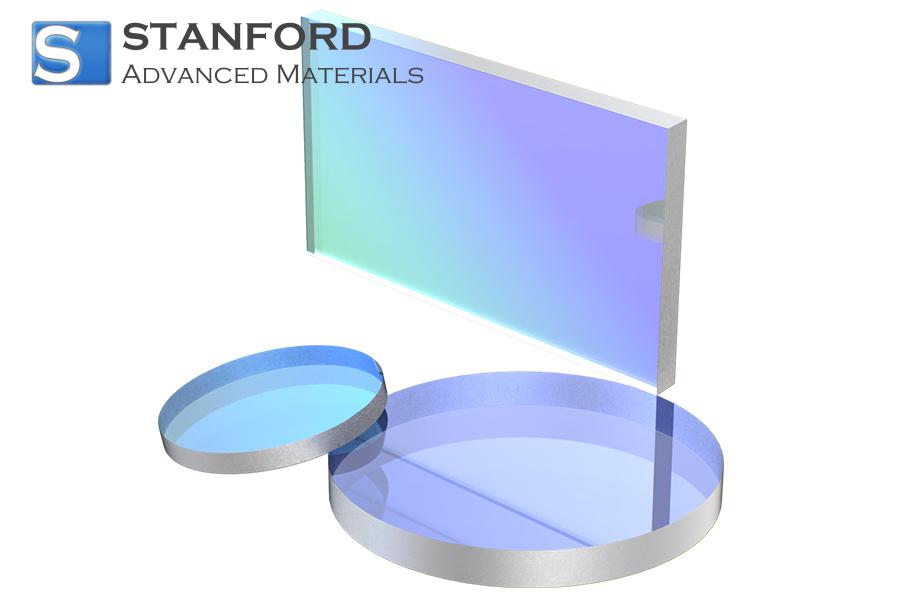Niobium-Titanium Alloys: Nb50Ti, Nb53Ti47, Nb45Ti55
Description
In this article, an overview is provided on niobium-titanium alloys. These alloys are metallic mixtures composed of niobium and titanium. They exhibit strength, flexibility and adequate corrosion resistance.
What are Niobium-Titanium Alloys
Niobium-titanium alloys are mixtures of two metals. Niobium is known for its high melting point and ductility. Titanium contributes additional strength and a low weight. When these metals are combined, they form alloys that perform reliably under load. These alloys are employed in superconducting magnets and in industries requiring materials that withstand chemical exposure and corrosion. Their straightforward fabrication and clearly defined physical characteristics have led to widespread use in various technical fields.
Niobium-Titanium Alloys – Properties and Data Sheet
The physical and chemical properties of these alloys render them applicable to a broad range of uses.
Nb50Ti, for instance, is valued for its balanced properties. A typical data sheet indicates a yield strength between 400 and 500 megapascals. They exhibit high ductility. Their electrical conductivity is adequate for critical applications. In superconducting applications, these alloys function reliably at temperatures around 4.2 Kelvin. Many laboratory tests have measured a high critical current density, often in the range of several thousand amperes per square millimetre.
For Nb53Ti47, the data indicate improved chemical stability. The slightly higher niobium content enhances corrosion resistance. Engineers employ this variety when the environment contains aggressive chemicals.
Nb45Ti55 contains a higher proportion of titanium. This results in increased strength and facilitates forming processes. Standard tests assess these alloys in terms of tensile strength, elongation and fatigue resistance.
Below is a structured table presenting the primary niobium-titanium alloy types (Nb-Ti):
|
Type |
Composition (Nb/Ti) |
Key Features |
Typical Applications |
|
Nb50Ti |
50% Nb / 50% Ti |
Balanced physical characteristics; general purpose alloy |
Conductive components, structural parts, corrosion resistant systems |
|
Nb53Ti47 |
53% Nb / 47% Ti |
Improved corrosion resistance owing to the higher niobium content |
Ship equipment, tools for handling chemicals, medical devices |
|
Nb45Ti55 |
45% Nb / 55% Ti |
Increased strength and formability owing to the higher titanium content |
Formed components, mechanical systems under load |
Applications of Niobium-Titanium Alloys
Niobium-titanium alloys (Nb-Ti) are primarily used for their superconducting properties at cryogenic temperatures. Their most common application is in MRI machines, where Nb-Ti wires are utilised to form the superconducting magnets required for imaging.
In high-energy physics, Nb-Ti is employed in the magnets of particle accelerators, such as those at CERN, to steer and focus particle beams. The alloy is also used in fusion research, particularly in devices such as tokamaks, where it is incorporated into superconducting coils that generate the magnetic fields required to confine plasma.
Nb-Ti superconductors are incorporated in magnetic levitation trains, where they facilitate magnetic levitation and propulsion, and in superconducting magnetic energy storage (SMES) systems, which store and release electrical energy with minimal loss.
Other applications include instruments for nuclear magnetic resonance (NMR) and sensitive magnetometers (SQUIDs), in which the alloy’s ability to conduct current without resistance at extremely low temperatures is of critical importance.
Owing to its mechanical strength, relatively straightforward manufacture and cost-effectiveness, Nb-Ti remains one of the most frequently employed practical superconductors. It is typically used at temperatures around 4.2 K with liquid helium as the coolant.
Conclusion
Niobium-titanium alloys are an essential component in many modern technologies. Their combination of metals produces a material that performs reliably across various applications. Each type, whether Nb50Ti, Nb53Ti47 or Nb45Ti55, is engineered to meet specific requirements. The balanced composition of Nb50Ti renders it a widely adopted material for both structural and conductive applications.
Frequently Asked Questions
Q: For what are niobium-titanium alloys used?
Q: They are used in superconducting magnets and in industries that require materials capable of withstanding chemical exposure and corrosion.
Q: Which type offers the best corrosion resistance?
Q: Nb53Ti47 provides improved corrosion resistance owing to its higher niobium content.
Q: Why is the Nb45Ti55 type preferred for forming applications?
Q: Nb45Ti55 contains a higher proportion of titanium, which results in increased strength and enhanced formability.

 Bars
Bars
 Beads & Spheres
Beads & Spheres
 Bolts & Nuts
Bolts & Nuts
 Crucibles
Crucibles
 Discs
Discs
 Fibers & Fabrics
Fibers & Fabrics
 Films
Films
 Flake
Flake
 Foams
Foams
 Foil
Foil
 Granules
Granules
 Honeycombs
Honeycombs
 Ink
Ink
 Laminate
Laminate
 Lumps
Lumps
 Meshes
Meshes
 Metallised Film
Metallised Film
 Plate
Plate
 Powders
Powders
 Rod
Rod
 Sheets
Sheets
 Single Crystals
Single Crystals
 Sputtering Target
Sputtering Target
 Tubes
Tubes
 Washer
Washer
 Wires
Wires
 Converters & Calculators
Converters & Calculators
 Write for Us
Write for Us





 Chin Trento
Chin Trento



